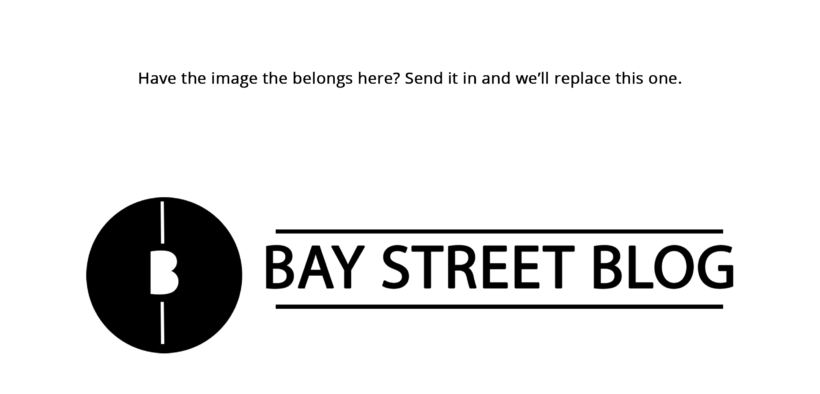How to Save Money for a House: A Quick Guide
Share

Saving money for a house may seem like an uphill battle, without proper planning & resources. Inventory in the Toronto area remains to be relatively low, increasing the competition amongst first time homebuyers, repeat homebuyers, and investors.
This post is more geared towards millennials looking to purchase their first home – making that first initial step in the real estate ladder. You have one shot at doing this correctly – make sure you thoroughly plan for it, and understand your needs and wants. Be prepared to make compromises.
Real estate expectations
As of November 2018, the average price of a home in the Greater Toronto Area climbed 3.5% year over year to $788,345 (for a combination of different types of homes, including detached, townhouses, and condos).
With your real estate agent, dig into the numbers of each home type – the average detached home costs just over a million dollars, whereas the average townhome sold for a little under $650,000. Adjust your real estate expectations to your budget, accordingly.
For the majority of millennials, starting off with a 4 bedroom, double car garage home may be out of reach. It’s best to start off with what is affordable, and build your way up the real estate ladder (i.e. taking equity out of the current home, and purchasing a more expensive home down the road).
Last but not least, a mortgage pre-approval is a crucial point in understanding how home you can afford. Keep in mind, it’s a lifestyle change – it’s not always recommended to max out on the pre-approved amount, in case circumstances do change down the road.
Deposit vs. Down Payment
There’s a lot of confusion between the difference of deposits and down payments. In short, the deposit becomes part of the down payment, when the sale of the home closes. In some circumstances, it is refundable (i.e. if a condition was not satisfied).
When purchasing a pre-construction home, the deposit would be paid according to the builder’s deposit structure. Many pre-construction condo projects do require a 20% deposit over a certain term (i.e. over the course of 365 days). For low rise homes, the deposit required is usually between $40,000 – $100,000, depending on the builder, and the selling price.
Closing Costs
As Sean Cooper would say, closing costs is one of real estate’s hidden secrets. I got slapped with an unexpected bill of closing costs when I purchased my first home. Had I known more details about it sooner, I would’ve budgeted and prepped up for it accordingly.
A general rule of thumb is to save roughly 2% – 5% of the home’s purchase price towards closing costs. It’s always best to consult with a lawyer to discuss your circumstances in regards to closing costs, which can be affected by multiple factors (i.e. municipality, first time home buyer rebates).
RRSP Home Buyers Plan (HBP
HBP program was implemented by the government of Canada with the objection of helping soon-to-be first time homeowners. Under this program, homebuyers are able to redeem up to $25,000 towards the purchase of their new home. This money is tax free, and must be repaid within 15 years. I also highly recommend taking advantage of employee RRSP matching programs, if applicable.
Budgeting
Now you should have a better understanding of what type of home you’re looking into (pre-construction vs. resale), the timeline of your home purchase and the different rates available.
Time to put the leg work in, and start being frugal with your money. Start by analyzing your cash inflow/outflow, and cut costs in the areas where you can. The most simplest example I can think of is saving money on lunch – you can save around $250/month (assuming you spend $10/day). This adds up to roughly $3000/year. This simple example shows how every penny adds up (literally).
Keep yourself accountable – I know it’s easier said than done, but continuously track your bank/credit card statements on a weekly basis to ensure you’re on track to your savings goal.
Investing
Follow the most cliche investment advice: don’t keep your eggs in one basket. Have a well diversified portfolio – a combination of cash, stocks, and fixed incomes. I highly recommend robo advisor investing platforms – since they automatically diversify your funds.
Another thing I recommend doing is to continuously read up on investing books – improve your knowledge on being savvy with your money.
Bottom Line
Similar to any financial goal, buying a house requires you to break it down into small steps. Start from looking into where you want to live, when you’d like to own a property by, budget constraints, and lifestyle choices (i.e. downtown condos vs. suburban detached homes). This would achieve the end goal of saving money for a house, and being an owner.
You May Also Be Interested In: First Time Homebuyer at the Age of 22: How I Did It
Writer: Jelani Smith
Disclaimer: All investing can potentially be risky. Investing or borrowing can lead into financial losses. All content on Bay Street Blog are solely for educational purposes. All other information are obtained from credible and authoritative references. Bay Street Blog is not responsible for any financial losses from the information provided. When investing or borrowing, always consult with an industry professional.






Bay Street Blog Newsletter
Click here to subscribe for a financial savvy experience.
Please check your email to confirm subscription!